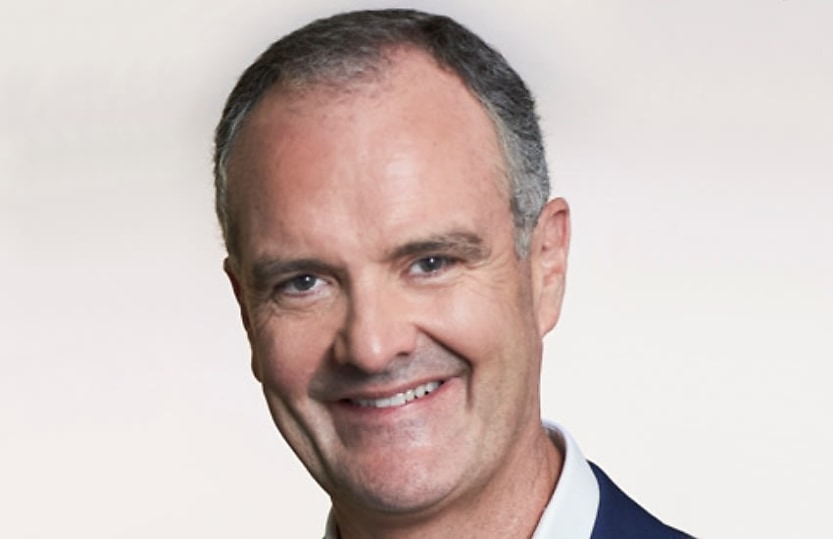Growing credit reliance reaches ‘concerning’ levels, data reveals

Persistent economic challenges have led to increased reliance on credit in the hospitality and retail sectors, according to Equifax.
Recent data from Equifax has demonstrated the demand for commercial credit increased in the September quarter.
The hospitality and retail industries led the increase to help manage challenging economic conditions.
According to the Equifax Quarterly Commercial Insights for September 2024, commercial credit demand increased by 0.7 per cent in quarter three compared to the same quarter last year.
This uptick was driven by increased demand for business loans from hospitality and retail businesses.
It was also found that asset finance dropped by 6.8 per cent and trade applications dropped by 4.1 per cent in Q3 compared to the same period last year.
Equifax general manager of commercial and property services, Scott Mason, said hospitality and retail often saw a spike in activity ahead of the holiday season, but indicators suggested the increased reliance on credit was a concern.
“Business owners in hospitality, retail and construction are experiencing higher levels of mortgage stress compared to their peers in other industries,” Mason said.
“Those in the hospitality sector have 30 per cent higher mortgage arrears than business owners in other industries, followed by construction at 15 per cent and retail at 11 per cent.”
“Similarly, arrears rates for credit cards and personal loans have increased sharply since January of this year for business owners in these sectors. This tells us that the people behind these sectors are feeling the pressure.”
Adverse rates on commercial credit had increased due to worsening market conditions, the data revealed.
In August this year, inquiries had an increase of 42 per cent more adverse rates compared to the same period last year.
Mason said this was a concerning trend most likely driven by the hospitality industry and its heavy reliance on credit.
In addition to the data highlighting an increase in credit demand sector-wise, it also highlighted a decline in credit demand state-wise.
The data revealed Victoria experienced a decline in overall commercial credit demand and the lowest growth in business loan applications among the commercial centres.
Mason said this was a sign that Victoria had experienced weakened market conditions.
“Victoria and New South Wales often act as bellwethers for market trends in the rest of the country.”
“This quarter, commercial credit demand took a hit in Victoria and remained flat in New South Wales, which could signal a slowdown for other states in coming months.”
Victoria also indicated a faster rate of business insolvencies than the other states, with an increase of 67 per cent year on year, the highest reported insolvency figure for the state in the last four years.
Insolvency rates at the total market level increased by 43 per cent in the recent September quarter.
Sector-wise, the construction industry still comprised the largest number of insolvencies, however, the hospitality industry was close behind.
According to the data, hospitality insolvencies increased 205 per cent year on year in Q3 and 40 per cent quarter on quarter.
About the author







